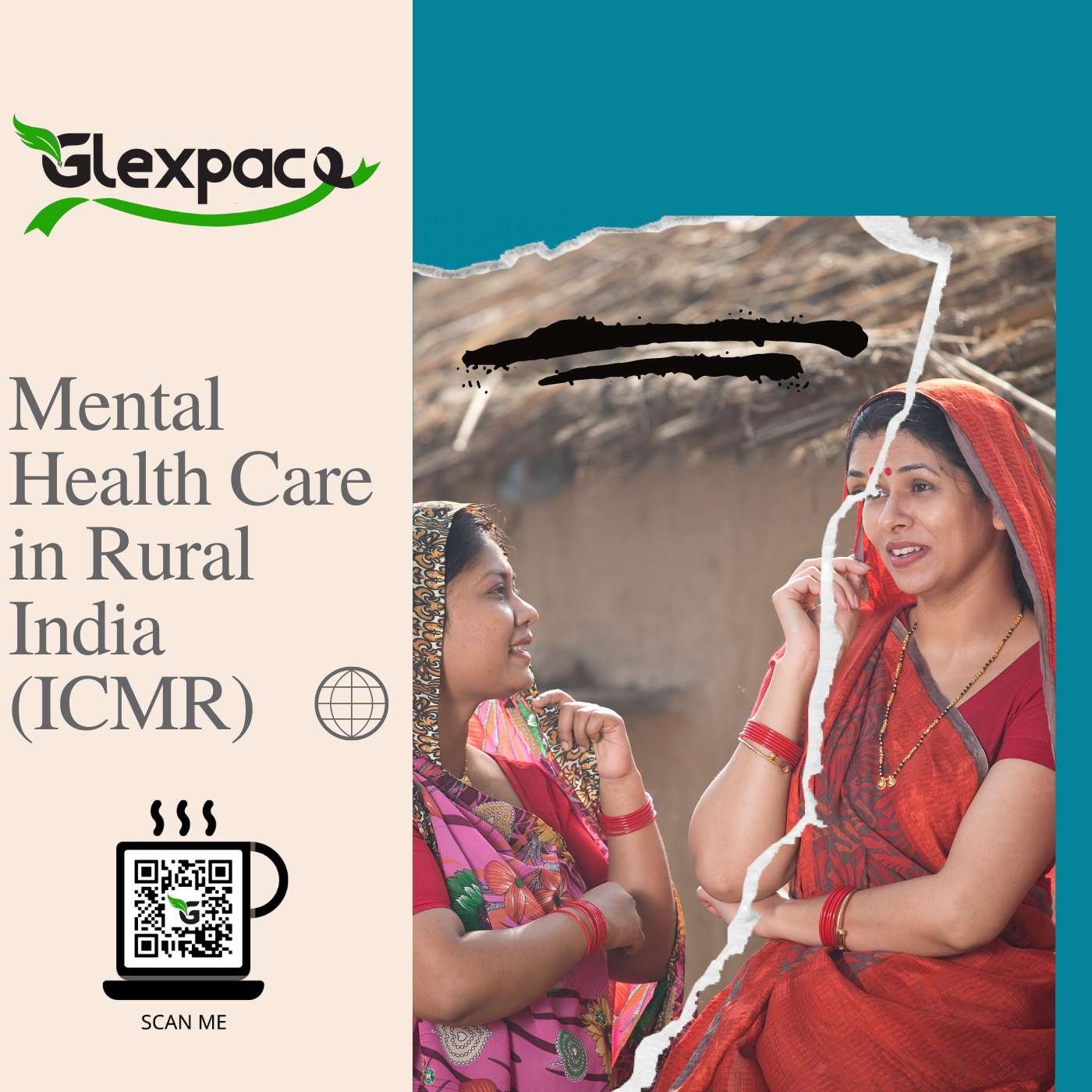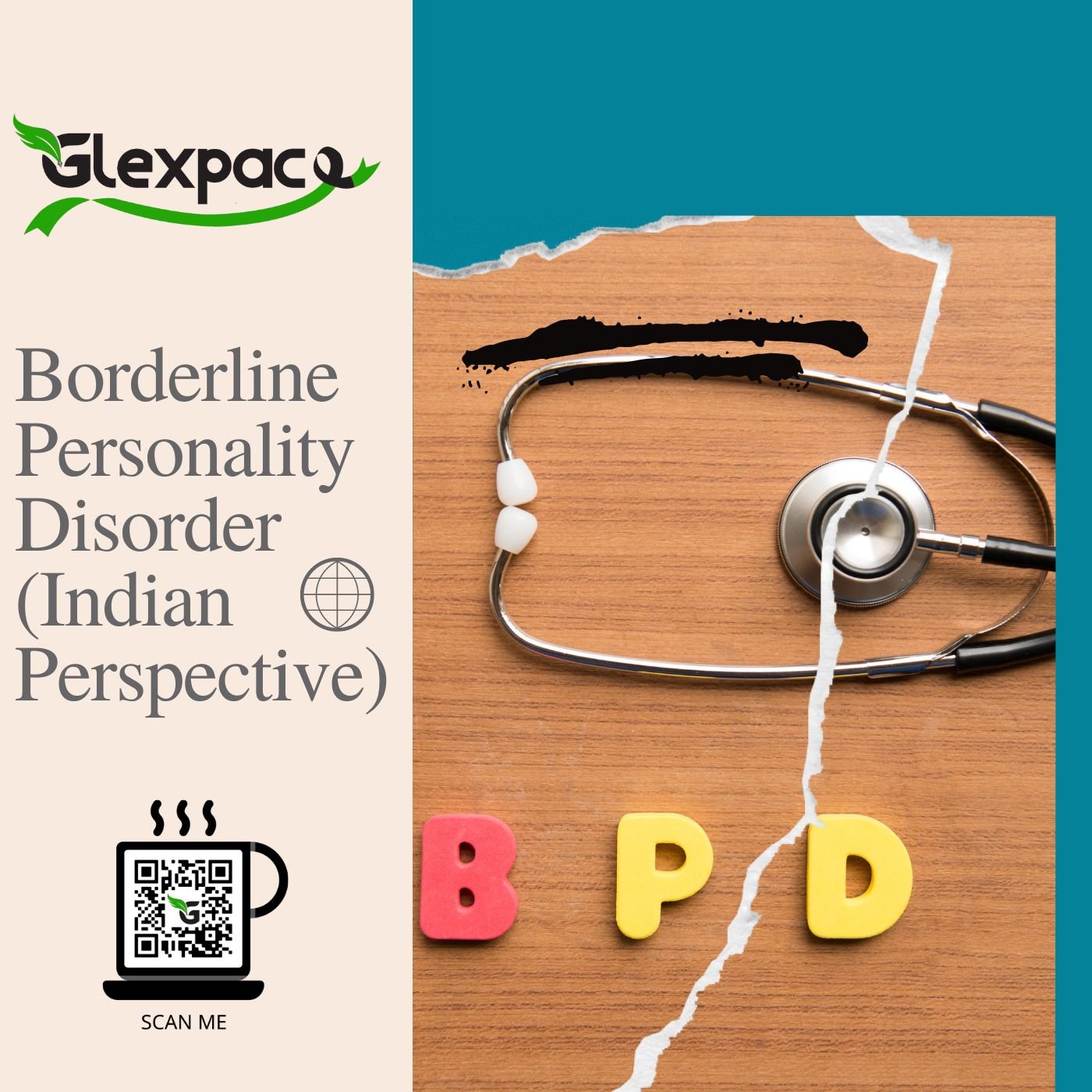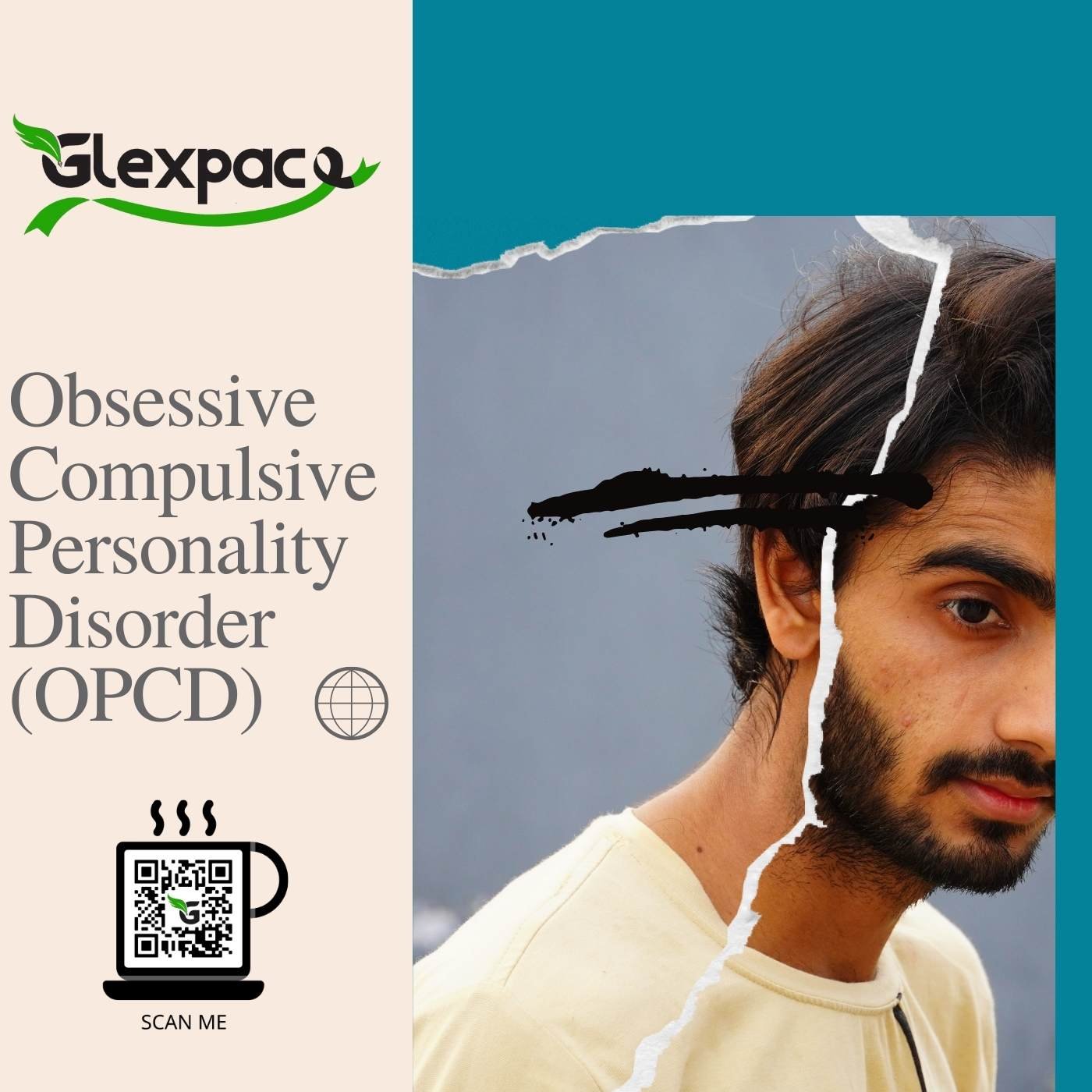Enhancing Mental Health Care in Rural India: A Collaborative Multicentric Study
Deep Thinking | 631 Visits

Mental health remains a crucial aspect of overall well-being, and its significance is accentuated in rural areas where access to specialized care is often limited. The Collaborative Study on Severe Mental Morbidity, initiated by the Indian Council of Medical Research (ICMR), aimed to address this gap by exploring the prevalence of severe mental illness in rural communities and evaluating the feasibility of involving primary health care personnel in detection and management. This article delves into the study's design, findings, and the potential impact on rural mental health care.
Study Design:
The study, conducted in Bangalore, Baroda, Calcutta, and Patiala, involved training multipurpose workers (MPWs) and primary health center (PHC) doctors to identify and manage severe mental illness and epilepsy. The training focused on integrating mental health care into routine tasks without disrupting daily activities. The study areas were chosen around primary health centers, covering approximately 40,000 people at each center. The intervention included in-service training, development of training materials, and a final field survey to estimate the prevalence of severe mental morbidity.
Training and Intervention:
Primary health care doctors underwent 15 sessions of 2 hours each, covering lectures, discussions, case examples, and practical demonstrations. MPWs received training in the vernacular, involving 11 sessions of two hours each. Pre and post-training assessments indicated satisfactory knowledge gain across all four centers.
Study Instruments:
The study employed the Indian Psychiatric Survey Schedule (IPSS) to measure psychiatric morbidity, Katz's Social Adjustment Scale (modified for the Indian setting) for assessing social functioning, and a short questionnaire to gauge attitudes toward mental illness and epilepsy. A screening proforma aided in the prevalence survey.
Prevalence Survey:
A two-stage survey was conducted to estimate the prevalence of severe mental morbidity. The first stage involved administering a screening proforma to one adult member of every household, identifying nominated probable cases. In the second stage, IPSS assessed these cases in detail, diagnosing conditions based on recorded symptoms.
Prevalence Findings:
Table 1 outlines the prevalence of severe mental morbidity across the four study centers. Rates per 1000 population varied, with Patiala recording the highest prevalence at 14.1. The collaborative study demonstrated the widespread existence of severe mental morbidity in rural settings.
Mental Health Care by PHC Personnel:
Table 2 illustrates the management of severe mental morbidity by PHC personnel. While the overall rate per 1000 population was 9.4, the percentage of cases managed by the PHC team ranged from 12.8% to 20.2%. Despite challenges, primary health care staff actively identified and managed severely mentally ill individuals, showcasing the potential for integrating mental health into rural health care.
Management of Cases and Attitude Changes:
The study assessed the effectiveness of PHC personnel in managing identified cases. Although improvements were noted in social discrepancy scores, indicating positive changes, the study emphasized the chronic nature of many cases. Long-term and regular medication was deemed necessary for satisfactory improvement in symptomatology and social functioning.
An Attitude survey conducted before and after the intervention phase indicated overall positive changes in attitudes toward mental health. While the results were satisfactory, certain crucial items like the suitability of local health centers for treating mental illnesses showed limited improvement.
Cost Evaluation:
A simple costing exercise estimated the cost of training, intervention, monitoring, and the final survey. The total cost for the program at each center in the early 1980s was around one lakh rupees. Salaries for research staff constituted a major portion of the total costs. While the study acknowledged the expenses, it emphasized the potential for cost reduction in large-scale replication of the intervention program.
Conclusion:
The Collaborative Study on Severe Mental Morbidity stands as a pioneering effort to bridge the mental health care gap in rural India. By involving primary health care personnel and leveraging existing infrastructure, the study demonstrated the feasibility of integrating mental health care into routine services. The findings underscore the prevalence of severe mental morbidity in rural areas and emphasize the need for continued efforts to enhance mental health care accessibility. As we move forward, building on the lessons from this collaborative initiative can contribute to sustainable improvements in rural mental health care, ensuring that no one is left behind in the journey towards mental well-being.
Reference - ICMR
Thanks for reading!
If you enjoyed please leave a like, join discussion in the comments and share it
with your friends!
Glexpace | Mental Health's Recent Articles


Understanding Borderline Personality Disorder in the Indian Context: A Comprehensive Exploration





